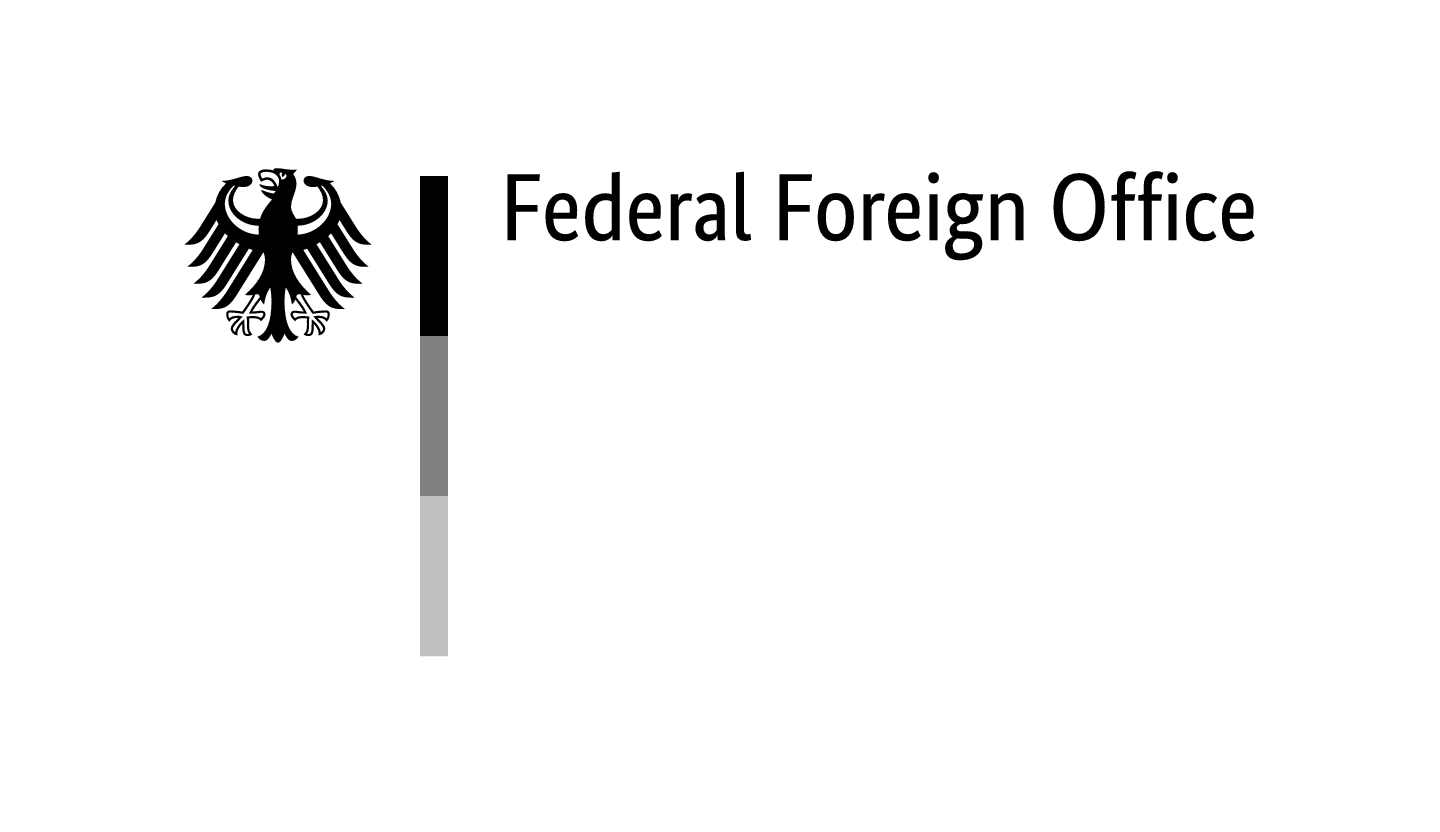Ferenc Orsós, born 22 August 1879, Temesvár [today Timișoara, Romania] was a leading racial hygienist and an acknowledged pathologist in 1910s–1940s Hungary. He believed in the mission of physicians as ‘protectors of the Hungarian nation and the race’ against ‘racial degeneration.’ He was an advocate of Eugen Fischer (1874-1967) and Robert Ritter’s (1901-1951) racial hygienic research and identified both ‘Jews’ and ‘Gypsies’ as ‘inferior races’ posing a eugenic threat to Hungary and held the German and Austrian racial hygienic practices introduced against those categorised ‘Gypsies’ as exemplary.
Leading Positions
While being a corresponding (1928–1940) and full member (1940–1945) of the Hungarian Academy of Sciences, Orsós also fulfilled several leading medical-scientific and political positions, including influential right-wing, antisemitic medical organisations, in Hungary. During his time as head of the Department of Pathology at the University of Debrecen (1918–1935) and the Institute of Forensic Medicine at the University of Debrecen (1921–1935/1936) he led the right-wing antisemitic Csaba Camaraderie Association [Csaba Bajtársi Egyesület] formed by medical students in Debrecen in 1921. Soon after his appointment as head of the Institute of Forensic Medicine at the Medical University of Budapest (1935/1936–1944) he also became president of the radically antisemitic National Association of Hungarian Physicians [Magyar Orvosok Nemzeti Egyesülete, MONE, 1937–1944] and a member of the Hungarian Union for Family Protection [Magyar Családvédelmi Szövetség], established in 1937 as an organisation to implement antisemitic and antigypsy racial hygienic pronatalist politics.
Legislative Proposal 1941
Orsós could use his position as a medical authority to actively promote such ideas and practices. Being an Upper House representative of the Hungarian Parliament (1940–1945), on 18 July 1941 he spoke in favour of the bill regarding the racial hygienic modification and amendment of Act 31 of 1894 on marital rights. This bill was designed as a ‘radical action’ towards ‘racial preservation’ aiming to eliminate marriages with persons categorised as ‘Jewish’. At its parliamentary debate, Orsós not only defended the bill, but wanted to apply it for the prevention of marriages between ‘Gypsies’ and ‘non-Gypsies’ too. He exclaimed: ‘It is well known that among the upper classes the danger [of racial degeneration] arises from the mixing with Jews, but little known is the great danger that arises from the mixing with Gypsies among the lowest classes.’1Orsós, A házassági törvény fajvédelmi kiegészítése, 5. The bill was accepted without this proposed amendment concerning Roma, and became known as the ‘third anti-Jewish act’ in Hungary.21941. évi XV. törvénycikk a házassági jogról szóló 1894. évi XXXI. törvénycikk kiegészítéséről és módosításáról, valamint az ezzel kapcsolatban szükséges fajvédelmi rendelkezésekről [Act 15 of 1941 on the modification and amendment of Act 31 of 1894 on marital rights and necessary related racial hygienic legislation], Netjogtár, https://net.jogtar.hu/getpdf?docid=94100015.TV&targetdate=&printTitle=1941.+%C3%A9vi+XV.+t%C3%B6rv%C3%A9nycikk&referer=1000ev [accessed: 08/08/2022). Furthermore, as member of the Hungarian Chamber of Doctors [Országos Orvosi Kamara], Orsós repeatedly urged the dismissal and in 1944 the deportation of physicians labelled ‘Jewish.’
Flight to Germany
At the end of 1944 Orsós left Hungary for Germany. Due to his decisive role in 1943 in identifying the Soviet Army as responsible for the assassination of Polish officers at Katyn, he managed to secure political protection by the American Forces against efforts towards his release for a trial initiated around the case by the Soviet Union in 1945.
In 1946, the Hungarian People’s Court issued an arrest warrant against him as a war criminal, but due to his absence, he was not convicted. Meanwhile, as a ‘leading representative of German national socialist ideologies’ and for playing a central role as the president of MONE in the ‘extermination of a part of the Hungarian medical community,’ with its decision of 20 July 1945, the Hungarian Academy of Sciences deprived Orsós from his academic membership.
In Germany Orsós did not face any prosecution. From April 1946 until his death on 25 July 1962 in Mainz he held a professorship in painting, graphic arts, and artistic anatomy at the University of Mainz, where he became director of the seminary of artistic education in 1947 and received an honorary doctorate in 1954. He is buried at the Main Cemetery in Mainz.




